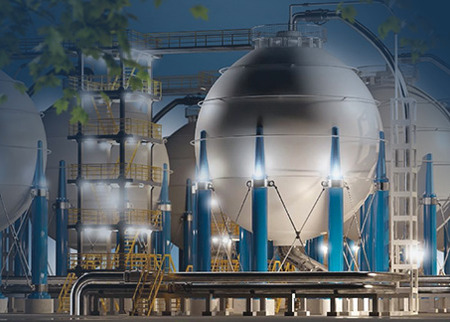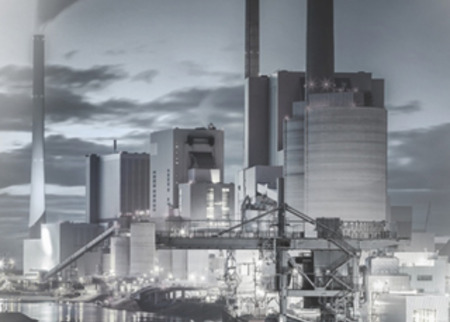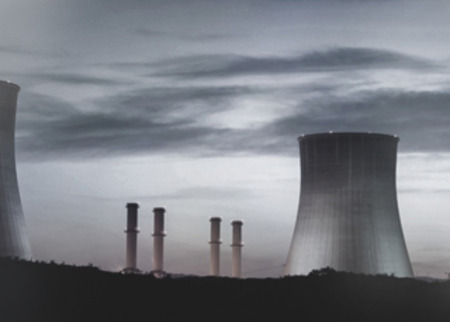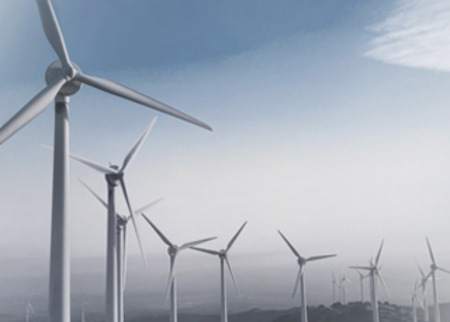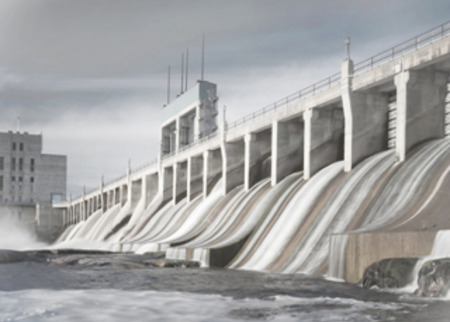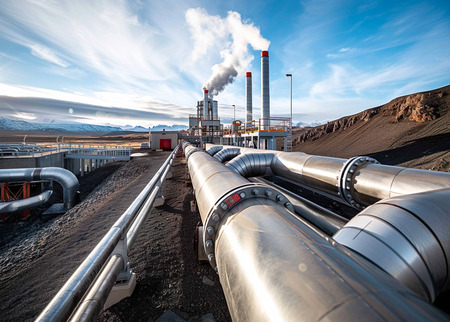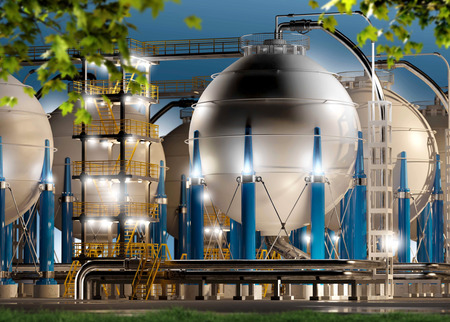Green ammonia is an essential part of the hydrogen economy, both as a raw material for chemical production and as a hydrogen carrier. Ammonia is safer to store and transport than hydrogen due to its reduced risk of explosion. After transportation, it can be converted back into hydrogen or used directly in applications such as turbines for CO2-free electricity generation.
To ensure safe storage and transport, welding engineers must address stress corrosion cracking in condensed, anhydrous ammonia. They select materials with ultimate tensile strengths up to 70KSi (485 MPa) and carefully weld them using the appropriate filler materials. voestalpine Böhler Welding has the experience and portfolios for ammonia storage tank construction.
Ammonia will see its production multiplied by a factor three from now until 2050. In addition, it is used as a hydrogen carrier, to overcome the challenges of hydrogen storage and distribution. It is considered a carbon-free fuel for the maritime sector and as a fuel for stationary power generation. By 2050, the ammonia transport infrastructure must increase by a factor of 10-15, requiring tens of billions of USD in annual investment in the ammonia supply chain for storage and transport.
For example, around 235 ships with a capacity of 85,000 cubic metres (m3) (58 kt of ammonia) are required by 2050 to accommodate 354 Mt of additional ammonia shipped around the world, assuming a voyage every two weeks. This means that by 2050, a ship for ammonia transport will have to be built or converted from a liquefied gas transport ship every two months.
Ammonia causes specific corrosion in steels, so the choice of steel and the design of the tanks is crucial. voestalpine Böhler Welding has been working with an industry leader to further enhance its welding solutions for welding these tanks and to meet the design requirements for strength and hardness of the weld material.
